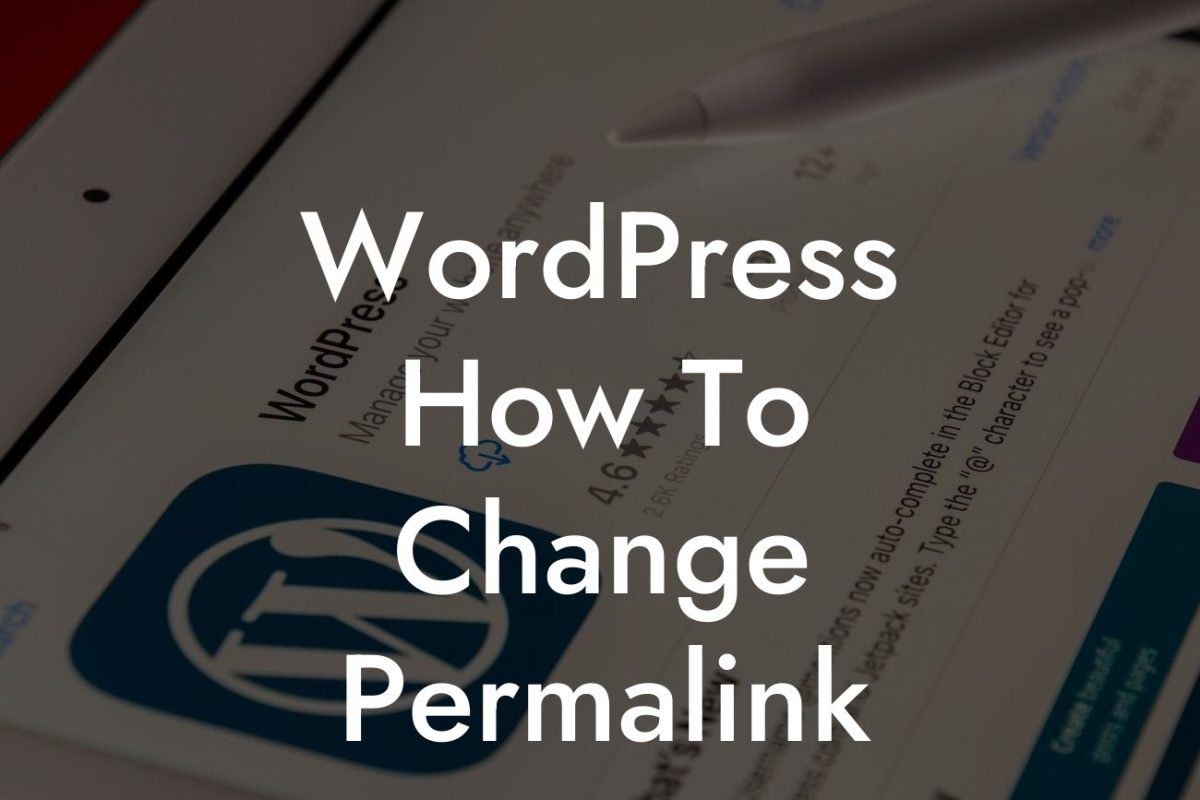Creating a website that beautifully represents your brand and meets your specific business needs is crucial in today's digital landscape. While there are countless WordPress themes available, crafting a custom theme can set you apart from the crowd and give your online presence the extraordinary edge it deserves. In this article, we will delve into the detailed process of making a WordPress theme from scratch. With DamnWoo's guidance, you'll be able to create a unique, user-friendly, and visually stunning theme that perfectly reflects your brand's identity and serves your audience's needs.
Creating a WordPress theme requires a combination of technical proficiency, creativity, and attention to detail. Here's a step-by-step breakdown of the process:
1. Define Your Design: Before jumping into development, it's essential to have a clear vision of how you want your theme to look and feel. Consider your brand's identity, target audience, and desired functionality. Sketch out wireframes or create mockups using design tools like Sketch or Adobe XD to visualize your ideas.
2. Set Up a Local Development Environment: To work on your theme locally, you'll need a development environment. Install WordPress on your computer using tools like Local by Flywheel or XAMPP. This allows you to develop and test your theme without making changes directly to your live website.
3. Create the Theme's Folder Structure: A well-organized folder structure is essential for efficient development. Set up your theme's directory with the necessary files, including style.css, index.php, functions.php, and template files for various pages.
Looking For a Custom QuickBook Integration?
4. Develop the Header, Footer, and Sidebar: Start by creating the header, footer, and sidebar sections of your theme. Utilize HTML, CSS, and PHP to structure and style these elements. Ensure they are functional and responsive to create a seamless user experience.
5. Build Page Templates: Develop different page templates to give your theme versatility. Consider the unique layout requirements for pages like the homepage, blog, contact, and product pages. Utilize WordPress template tags and custom fields to dynamically display content.
6. Customize the Styling: Use CSS to style your theme according to your brand guidelines. Create a cohesive color palette, typography, and spacing system to maintain consistency throughout your website. Take advantage of CSS preprocessors like Sass or LESS to streamline the styling process.
7. Add Functionality with Custom Theme Options: Elevate your theme's capabilities by integrating custom theme options. Use frameworks like Redux or the WordPress Customizer API to allow users to modify aspects like colors, backgrounds, and layouts without touching the code. This enhances user-friendliness and makes your theme more appealing to a wider audience.
How To Make Wordpress Theme Example:
For instance, imagine you have a small business selling handmade crafts online. By creating a custom WordPress theme, you can tailor the shopping experience to cater to your specific products. You could design dedicated pages for showcasing different categories, integrate an intuitive shopping cart system, and personalize the overall aesthetics to match the vibe of your unique crafts.
Congratulations! You've now gained a comprehensive understanding of how to make a WordPress theme from scratch. By following this guide, you can let your creativity soar and build an extraordinary online presence for your small business or entrepreneurial venture. Remember to explore other guides on DamnWoo to discover more tips and insights, and don't forget to try out our awesome plugins to supercharge your website's success. Share this article with fellow entrepreneurs and enthusiasts who are ready to dive into the world of WordPress theme development.













